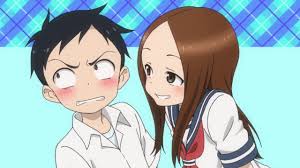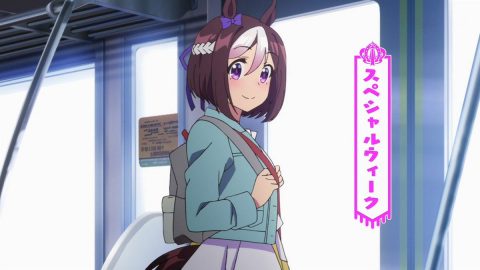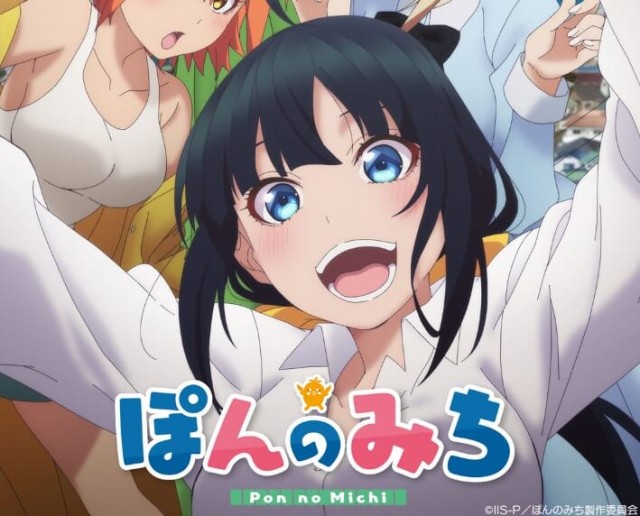The third season of the hugely popular anime "There's No Medicine for My Brother!" will soon be airing, and many people are excited. The series is based on a hugely popular webtoon in China. The first and second seasons aired in Japan to great acclaim, and the fast-paced comedy has become a hot topic. As the original work is from China, Chinese elements are scattered throughout the series. In this article, we'll introduce the Chinese elements found in the anime "There's No Medicine for My Brother!"! Knowing this will no doubt make the series even more enjoyable.
Chinese Topic #1: What does the subtitle "Take My Brother Away" mean?

The official title of the series is "There's No Medicine for My Brother! - Take My Brother Away -" ("I'm Not a Doctor"). The Japanese translation of the subtitle is a bit curious, but it means "Take my brother away quickly." It sounds like something Shimei would say. While the entire line in "There's No Medicine for My Brother!" is basically translated into Japanese, the subtitle, the currency unit "yuan," and other characters that appear in the anime are all in Chinese.
China Topic #2: What is the "Dining Card" that appeared in Episode 4?
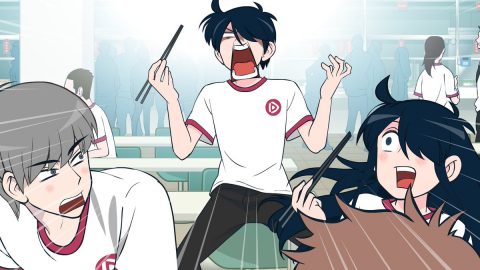
The "Dining Hall Card" appeared in episode 4. It was a pretty interesting story, with Tokibyou falling in love over the card and eventually buying a meal for three people. This dining hall card functions like electronic money, and in the story, you can only buy food at the cafeteria using this card. In Japan, you don't often hear about using electronic money in school cafeterias. What exactly is it?
It was widely available in China quite early on!
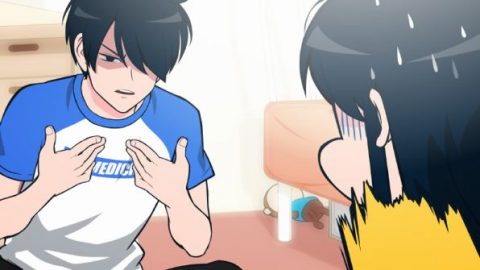
In fact, these rechargeable dining cards have been in circulation in China for over 10 years! While they used to be magnetic cards that you inserted, touch-sensitive IC cards like the ones featured in the series are now the norm. They're convenient, aren't they? But why have they been around for so long?
Hygiene and counterfeit bills?!
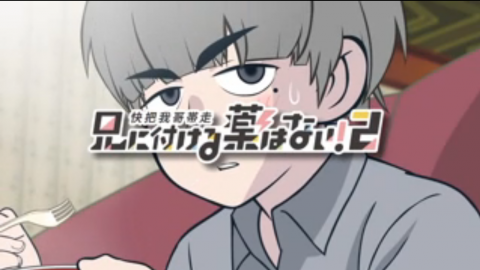
First, Chinese currency was circulated because it was generally considered unhygienic and unsuitable for use in restaurants. Furthermore, there were apparently too many counterfeit bills in the country (!), and electronic money was deemed more reliable as a form of payment. Electronic money circulated early on, not just in restaurants but throughout China.
China Topic #3: Why do you usually wear a tracksuit?
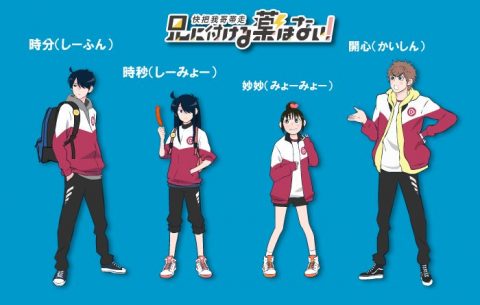
Tokibun, Tokibun, and their friends usually wear tracksuits at school. You might be wondering, "Are they all on a sports team?" But in fact, this is their school uniform. Tracksuits are the standard school uniform in China. For Japanese people, who are used to school uniforms like gakuran (school uniforms), blazers, and sailor suits, this may seem strange.
What Chinese uniforms actually look like
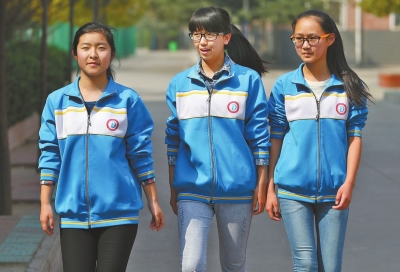
If you take a look at actual Chinese uniforms, they are indeed tracksuits! They look comfortable and comfortable, but I wonder if they wear them like this during gym classes. However, there are apparently quite a few Chinese people who are envious of Japanese uniforms. It's also interesting to look at uniforms from other countries.
By the way, other countries' uniforms include these!
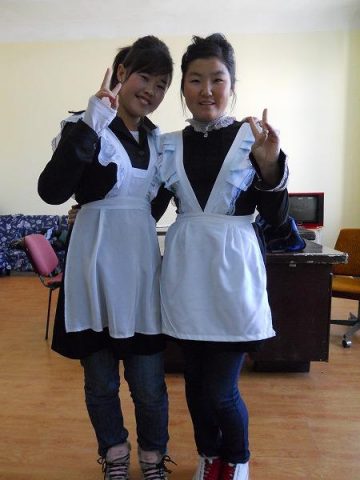
By the way, apparently the Mongolian uniform is a maid outfit! It looks so cute, doesn't it? If you're only familiar with Japanese uniforms, it may seem unfamiliar, but the Vietnamese uniform is also very glamorous, featuring the ao dai.
China Topic #4: Wieners? I'm curious about the street stalls!
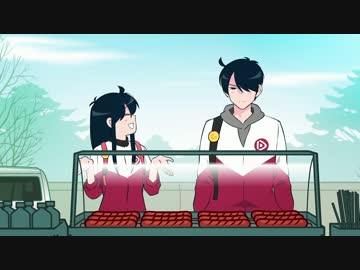
The sausage stall that appeared in the first episode of the anime. While yakitori restaurants and crepe shops are common in Japan, sausage stalls are not very common. It's fascinating to see the subtle differences in food culture like this.
The Sausage Stall Appearing in Episode 1
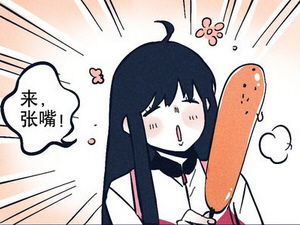
Episode 1 of the first season of the anime begins with two siblings coming across a sausage stand. Both are hungry and desperate to eat, but Tokisuri unfortunately doesn't have any money. They try to hold off, saying they have some nikujaga (meat and potato stew) at home, but the nikujaga (meat and potato stew) they have at home is no longer recognizable and inedible. Tokisuri has some pocket money, so he buys it, but Tokisuri is so desperate that he gives him a bite. Unfortunately, Tokisuri eats it all in one bite, which unfortunately gets Tokisuri quite angry.
China Topic #4: Military Training
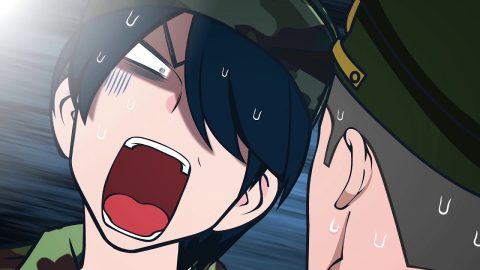
The military training featured in the second season of the anime is unique to China and other countries, and isn't found in Japan. They performed various exercises, including roll call and running. Despite being a member of the sports club, Tokisho made mistakes during roll call and quickly gave up on running, which earned him considerable scolding from the strict instructor. Meanwhile, Tokisho easily completed the running and even managed push-ups, earning him considerable praise from the instructor.
But when it comes to folding a futon...
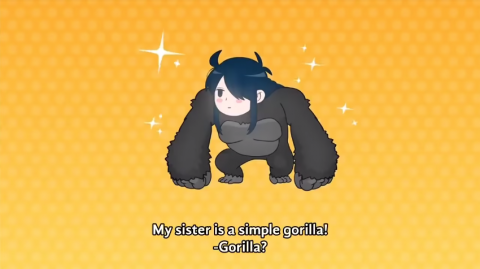
Meanwhile, Tokifumi received a lot of praise from the instructor for folding a futon so neatly. His younger sister, Tokifumi, was expected to be even better at folding, but Tokifumi flatly denied it. She insisted that her sister was a gorilla and wasn't good at manual tasks, but Tokifumi overheard the conversation. In the end, Tokifumi got angry and folded up like a futon (!). The first episode of the second season was pretty punchy, but seeing Tokifumi and Tokibyou in military uniforms was a refreshing change of pace.
China Topic #5: It's even been made into a TV drama in China!

It was so popular that it was even made into a live-action TV drama in China! That's surprising, isn't it? It began streaming on Tencent China on June 28, 2018. The live-action versions of the two characters are perfect for the characters, with Tokifumi looking cool and Tokibyou looking cute. It consists of 30 episodes and is available to watch on Netflix in Japan.
It's also been made into a movie!
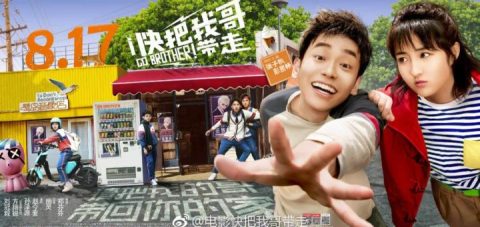
Amazingly, on August 17, 2018, it was made into a movie in China. It shows just how popular it is in China. Incidentally, the cast of this movie is different from that of the TV series. Since it wasn't released in Japan, you'll have to watch it on DVD or something. The live-action slapstick comedy between the two characters looks fun, and I'd love to see it!
There's plenty more China-related content besides this!
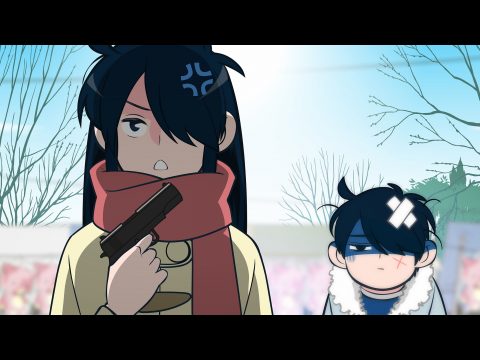
In fact, the original work is filled with various Chinese references. However, many of these are apparently omitted when translating into Japanese. In fact, there are many subtle references that can only be conveyed in Chinese, or references that would be incomprehensible without an understanding of Chinese trends and culture. It's unfortunate that such references are inevitably omitted, but there are also many interesting elements in Japanese anime.
The original work is currently being serialized in Shonen Jump+!
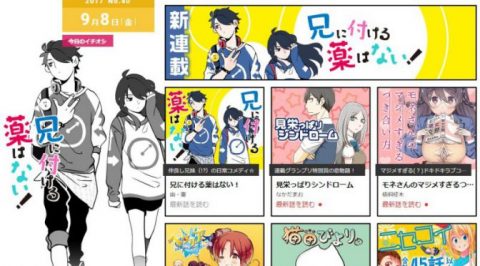
The original manga is currently being serialized in "Shonen Jump+" and is receiving rave reviews. It has a different appeal from the anime, which is great. If you're interested in the manga after watching the anime, we highly recommend reading the translated version of the original manga. Incidentally, the character "Banzai" (banzai) in the anime is called "Banzai," but in the serialized manga it's called "Wansui."
This is what the original is like!
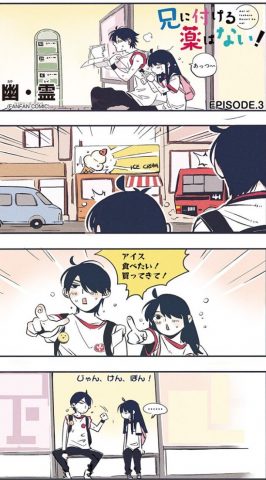
By the way, the art style of the original Shonen Jump+ manga looks like this. It's not much different from the anime. If I had to say, the two characters look a little younger. Like the anime, the original manga is a quick read, so I highly recommend it. If you want to immerse yourself even more in the world of "There's No Medicine for My Brother!", be sure to check out the original work.
[There's No Medicine for My Brother!] China Topics Roundup!
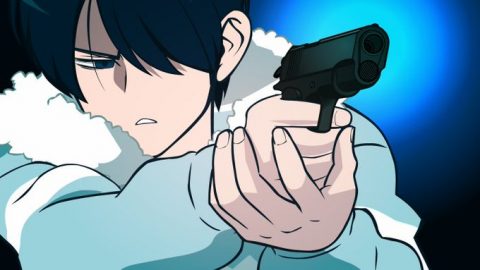
That concludes our summary of the Chinese themes in the anime "No Medicine for My Brother!" There are many Chinese elements that you might miss if you just watch the anime casually, but it's fun to notice them. I'm sure the third season of the anime will also feature many new Chinese elements. I'm really looking forward to what's to come! Thank you for reading this far.

